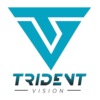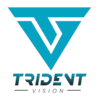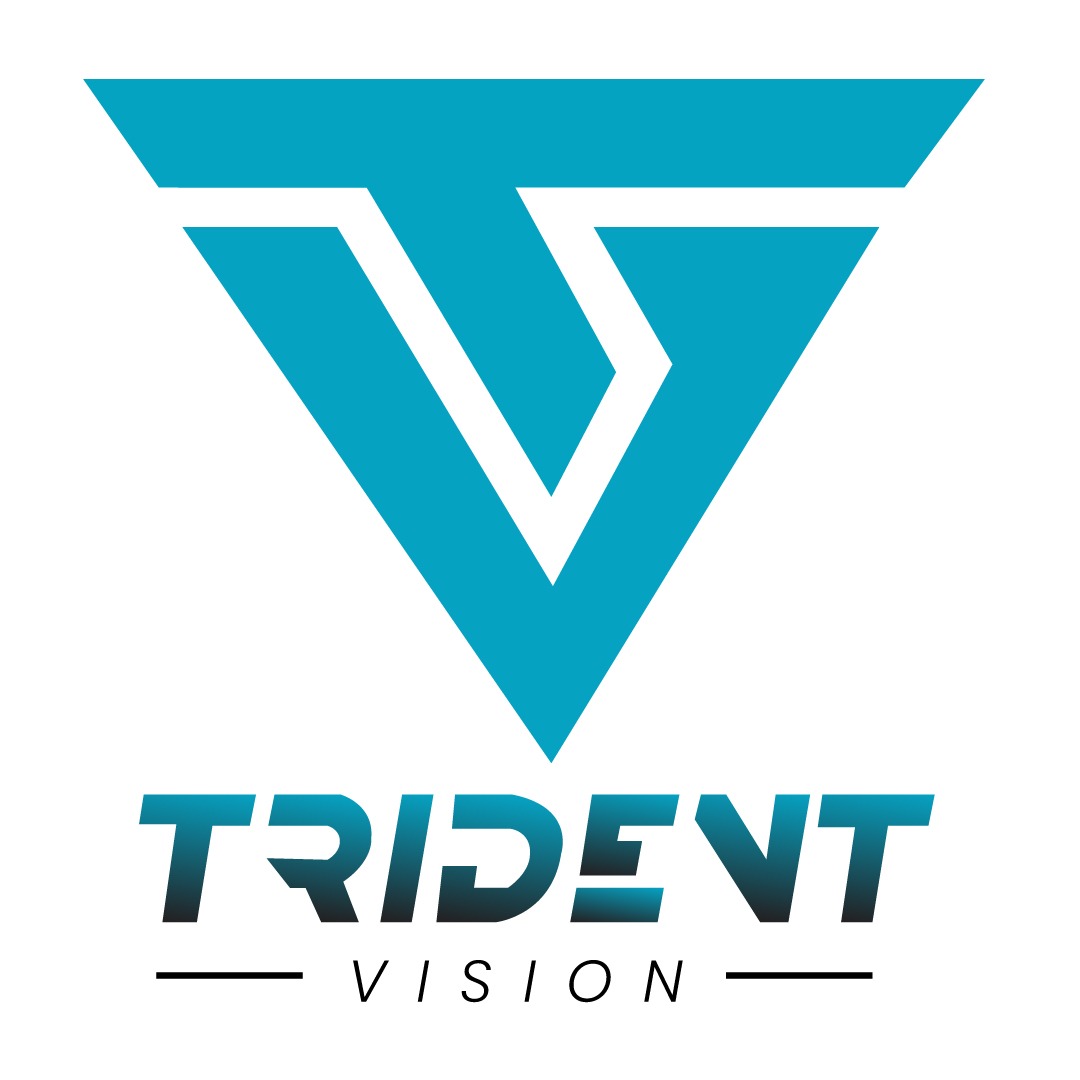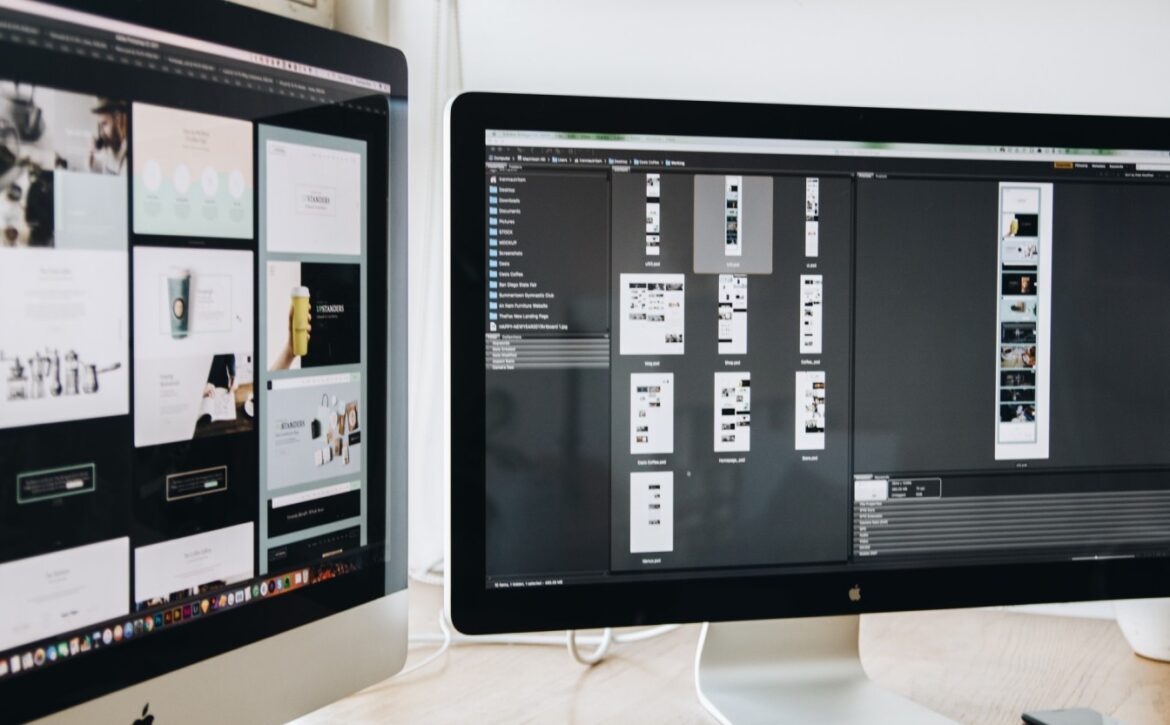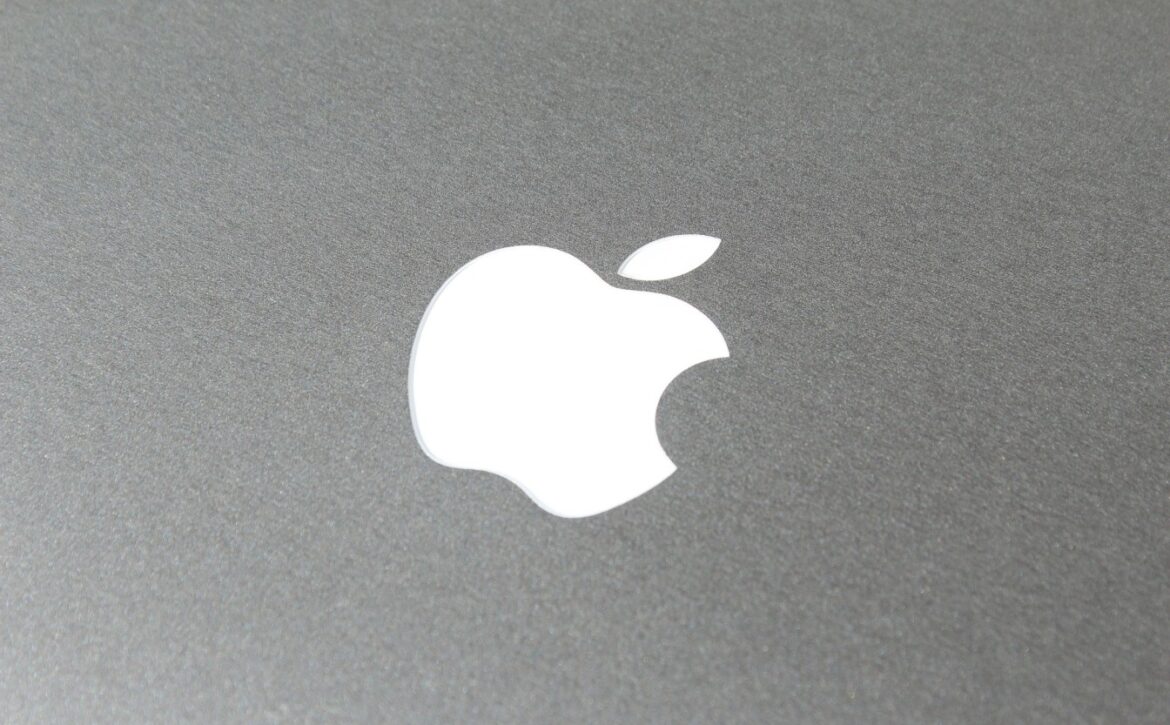5 Great Ways to Use Responsive Web Design for SEO
As the accessibility and usability of the mobile internet improve year by year, it is undeniable that websites must meet user expectations for a seamless and relevant experience. In addition, 2020 generated valuable information about the relevance of mobile devices to people’s lives. Still, wondering about the importance of responsive web design for your website SEO?
1. Site Usability
Mobile visitors tend to be impatient, longing for the solutions to your needs, which does not mean that desktop visitors like losing your time! Google supports it by saying that 53% of mobile users will refuse on a page that does not load in less than three seconds.
Within a highly competitive market can quickly load sites remain competitive, while the rest is subject to traffic fluctuation and contradiction due to a fall in position. Sensitive web design helps optimize mobile search sites, to improve the functionality of your website and design when using the content of user devices, which provides a user experience consisting of all devices.
Since Google is all to serve users the most relevant results, promote and promote websites that offer a good user experience in all respects: content, design, and functionality on all devices. Needless to say, a drop in traffic is detrimental to sales.
In addition, a website is lost that does not respond to mobile devices to valuable opportunities to attract customers and convert them.
2. Faster Webpage Loading
Since the Google Speed Update, in 2018 Google will use mobile site speed as a mobile search location.
Google updates consistent with user behavior: Increasing mobile device usage represents a paradigm shift in how Google crawls, indexes, and displays results to meet people’s needs and expectations, and customer satisfaction. To increase.
In a mobile-centric world, mobile responsive design is an important part of a successful SEO strategy. Responsive web design allows you to rethink your website layout and content to provide a consistent and smooth user experience from your desktop, laptop, tablet, or smartphone.
Otherwise, SEO efforts will be compromised and only desktop and m-dot website versions will be removed from the Google index, which will definitely reduce traffic. It will be taken in March 2021.
3. Lower Bounce Rate
The bounce rate reflects the percentage of users who eventually visit the page and decide to leave the page before going through the site. Google considers the relevance of a web page to a particular search.
Therefore, a high bounce rate can result in poor rankings or poorly designed websites, reflecting little or no relevant content just by observing user interactions.
It’s safe to say that content is king, but when it comes to keeping up with the latest technology, the content remains king only if it’s properly optimized for all devices.
Great content works the same, even if it’s not supported by an attractive design. Responsive web design accomplishes this by customizing the page layout and displaying the same content on any device.
4. No Duplicate Content
As mobile device usage increases, most websites have created different mobile versions, but this approach often presents content duplication issues. Why? If you see a lot of similar content in multiple URLs, you may have a content duplication issue.
Due to the nature of content replication, Googlebot may not know which version to index, whether the version needs to absorb all link statistics, or need to be individual. Do I need to rank any version in a particular search? It’s unlikely that you’ll be fined by Google, but that doesn’t mean your position isn’t affected.
With Responsive Web Design installed, you can solve the problem of duplicate content by using a single URL on all devices and customizing layout and content to any screen size while providing a consistent user experience.
5. Boosted Social Sharing
Social media isn’t a ranking, but it’s not that important when it comes to overall marketing strategy. It definitely plays an important role in SEO campaigns, complementing each other and helping to leverage website traffic.
Responsive web design gives you access to content sharing on all social platforms and expands your audience. By making it easy for website visitors to access the same content on their desktop and mobile devices, you can share it with other users and social media profiles. It reveals a great opportunity to reach a wider audience.
The more traffic, the more opportunities for visitors to convert. Now, more than ever, responsive web design is the foundation on which you can increase your sales. What if a table user shares a link to a mobile user and the site doesn’t respond? Or imagine a visitor struggling to find a share button and giving up. It expands your potential consumer market and robs you of the opportunity to get more traffic.
